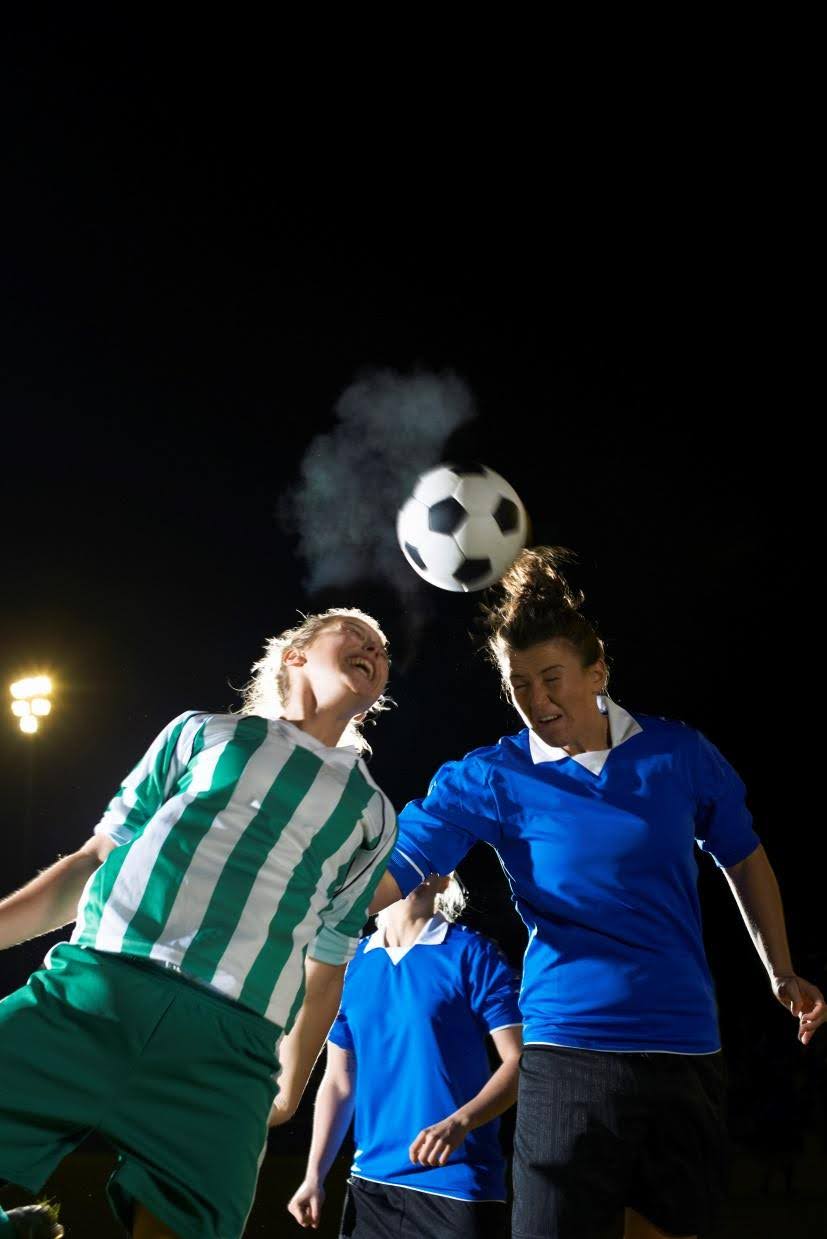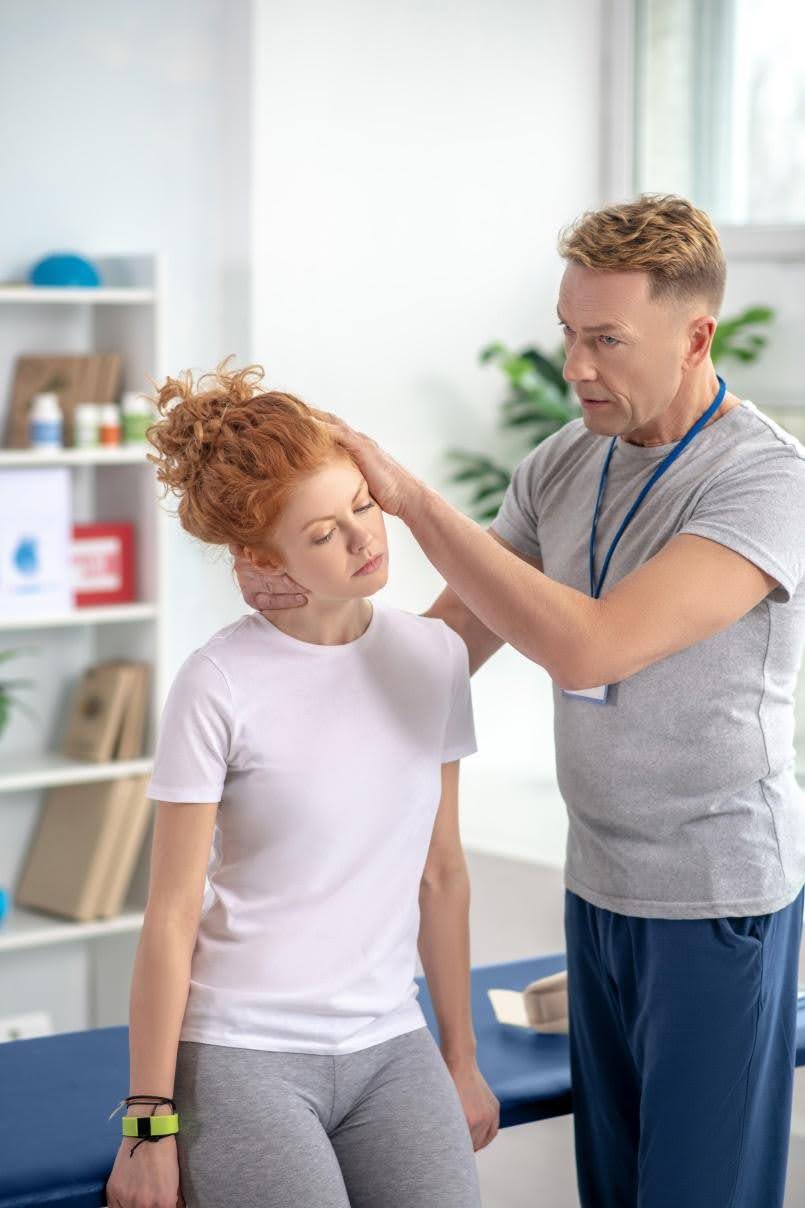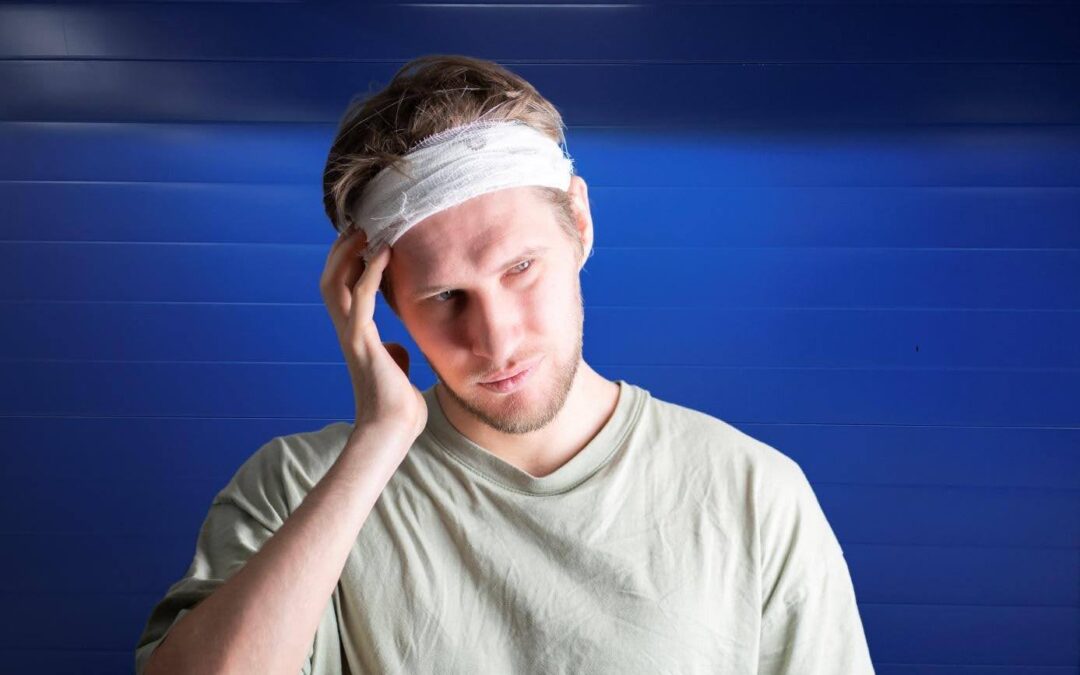Invisible injuries, mild traumatic brain injuries (mTBI), also known as concussions, can significantly disrupt daily life. Often underestimated, these injuries may have significant effects on physical, cognitive, and emotional well-being. After a minor fall, a car accident, or a sports impact, it is essential to understand what a concussion is, its causes, symptoms, and especially how to manage it effectively.
What is a Concussion and a Traumatic Brain Injury?
A concussion is an injury caused by a direct or indirect blow to the head. It involves a rapid back-and-forth movement of the brain inside the skull, making it hit the skull walls. This temporary shock disrupts normal brain cell function:
- A concussion does not necessarily involve loss of consciousness.
- It usually cannot be detected with standard medical imaging (X-rays, MRIs, or CT scans).
- Diagnosis is based on observed signs and symptoms and a clinical exam by a health professional such as a doctor or physiotherapist.
The terms TBI (traumatic brain injury) and concussion are often used interchangeably to describe this health condition.
A traumatic brain injury is a broader term referring to any head impact causing the brain to hit the skull, potentially resulting in mild to severe brain tissue damage. Concussions are the most common type of TBI, representing 80–95% of cases.
Causes of a Concussion or Traumatic Brain Injury
These injuries can happen in many everyday situations and activities. They occur from a direct head impact or an indirect body impact that transmits force to the brain. Examples include:
- Sports and recreational activities: Contact sports (rugby, soccer, hockey), leisure activities (cycling, skateboarding, sledding, skiing), or unexpected incidents (colliding with someone at a concert). Repeated impacts within a short time can worsen outcomes.
- Road accidents: Vehicle collisions or pedestrians struck.
- Falls: At home (stairs, furniture), at work (object falling on the head), or affecting children (playground) and seniors.
- Physical assaults or blows to the head.
- Sudden acceleration or deceleration without direct impact, such as experienced by Formula 1 drivers.
In Quebec alone, over 45,000 people consulted for a concussion/TBI in 2019, a number that continues to rise.

Symptoms of a Concussion
Symptoms vary widely and may appear immediately or within hours/days. They can affect the body, thinking, emotions, and sleep:
- Physical symptoms: Headaches, nausea/vomiting, dizziness, blurred or double vision, sensitivity to light/noise, fatigue, neck pain.
- Cognitive symptoms: Confusion, difficulty concentrating, memory problems, “foggy” feeling, difficulty reading/working.
- Emotional symptoms: Irritability, anxiety, sadness, mood swings.
- Sleep symptoms: Trouble sleeping, sleeping more or less than usual, excessive sleepiness.
Most people notice a clear improvement within 14 days, with full recovery in about 4 weeks. However, around 15–30% may experience persistent post-concussion symptoms lasting over 3 months, such as:
- Vestibulo-ocular dysfunction: intolerance to screens, driving, bright light, and fast movements.
- Autonomic nervous system dysfunction: exercise intolerance, severe fatigue, limited return to sports.
- Cervical dysfunction: neck pain, headaches, limited neck mobility.
If symptoms persist or worsen, consulting a physiotherapist specialized in concussions is highly recommended.
Treatment Options
The goal of concussion management is to reduce symptoms, promote brain recovery, and ensure a safe return to daily and sports activities.
Treatment is multidisciplinary and personalized, and may include:
- Medical treatment: Symptom monitoring, medications for headaches, nausea, or dizziness. Severe cases may require hospitalization or surgery.
- Physiotherapy:
- Education: Guidance on symptom management, activity tolerance, and energy control.
- Manual therapy: Relief of headaches and neck pain.
- Vestibular & visual rehab: Treatment for dizziness, balance problems, and visual issues.
- Exercise therapy: Cardiovascular and targeted exercises to improve tolerance and restore physical function.
- Return-to-sport program: Gradual reintroduction of physical activity, with full return only after complete symptom resolution and medical clearance.
Why Consult a Specialist?
A proper diagnosis and treatment plan are key to safe recovery. Specialists can provide:
- Comprehensive evaluation: A detailed neuro-musculoskeletal exam to identify the root cause of symptoms.
- Personalized, multidisciplinary care: Collaboration with occupational therapists, physiotherapists, sports medicine doctors, psychologists, osteopaths, and others.

When to Consult a Concussion Physiotherapist?
- If you suspect a concussion, even without obvious emergency signs.
- If symptoms (headaches, dizziness, neck pain, balance issues) do not improve within 10 days.
- If you struggle with screen use, reading, driving, physical activity, or fatigue management.
⚠️ Returning to activities too soon without professional guidance can lead to serious complications.
Prevention Matters
Prevention is as important as treatment. Helmets and proper sports equipment can reduce the risk of concussions. For more details, see our article on head and neck injuries in sports.


Recent Comments